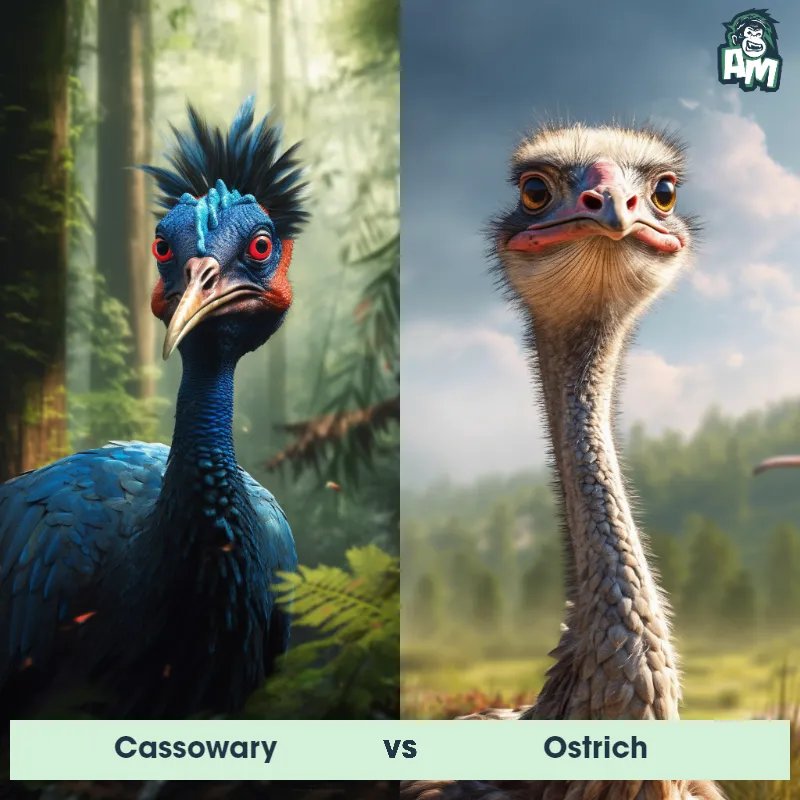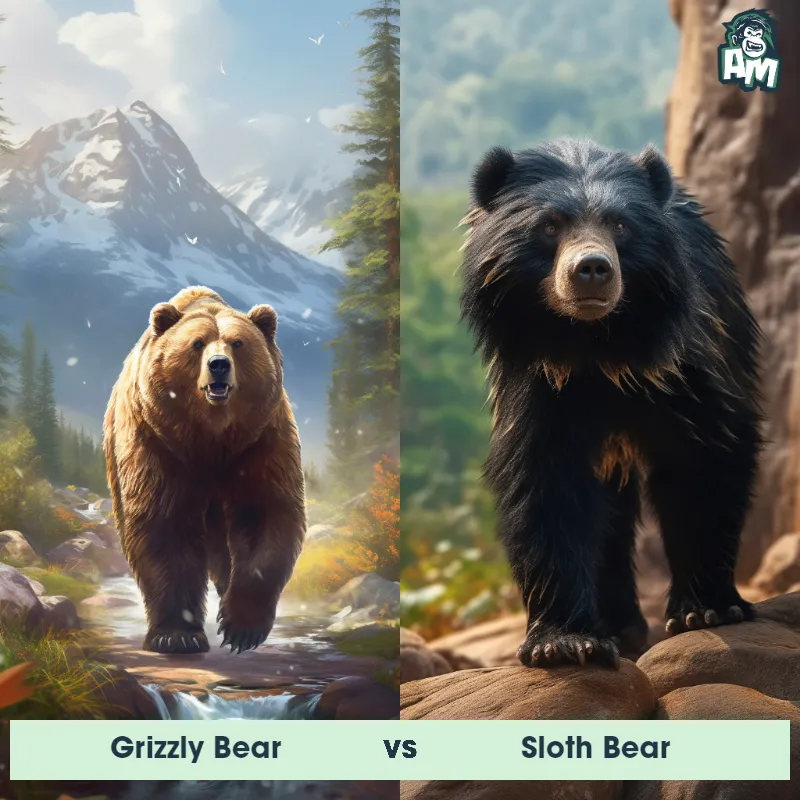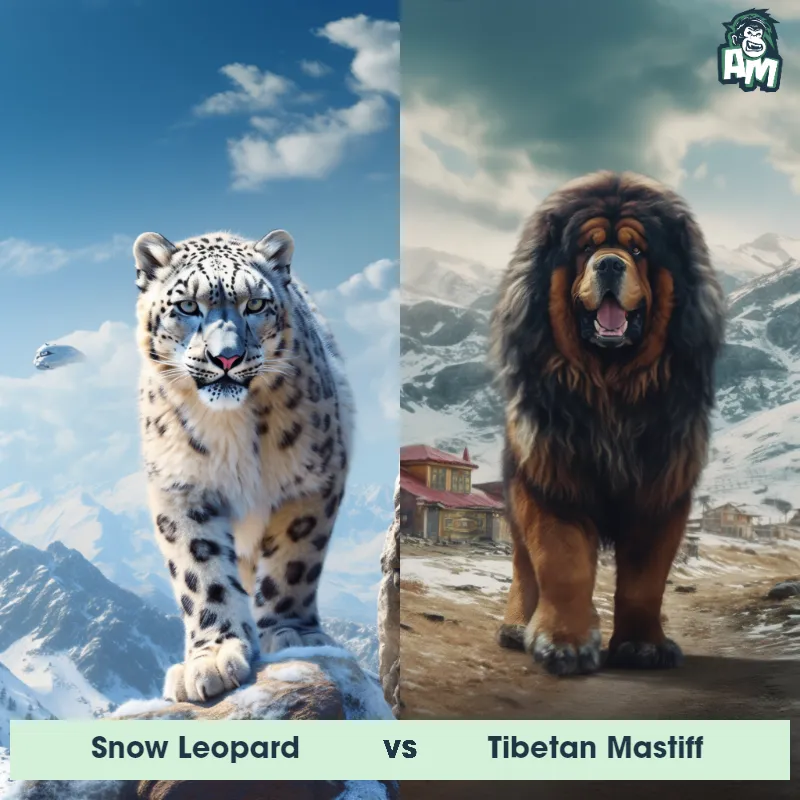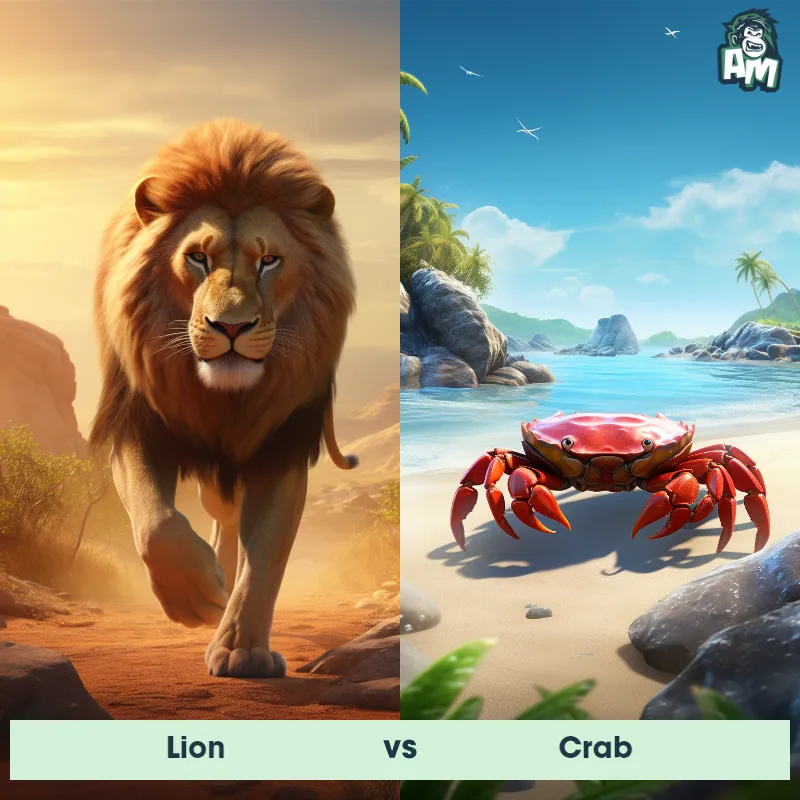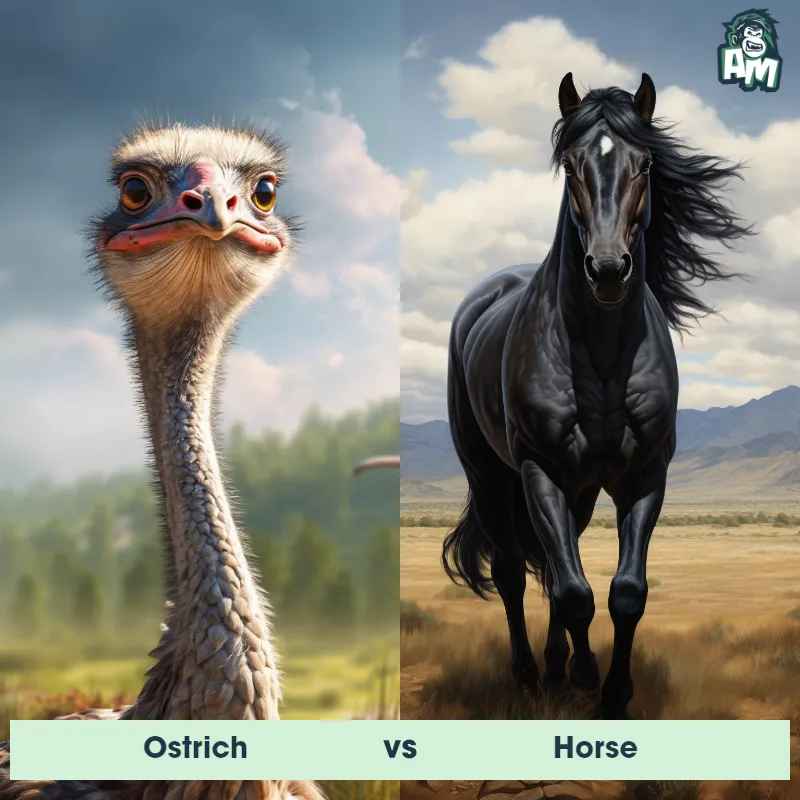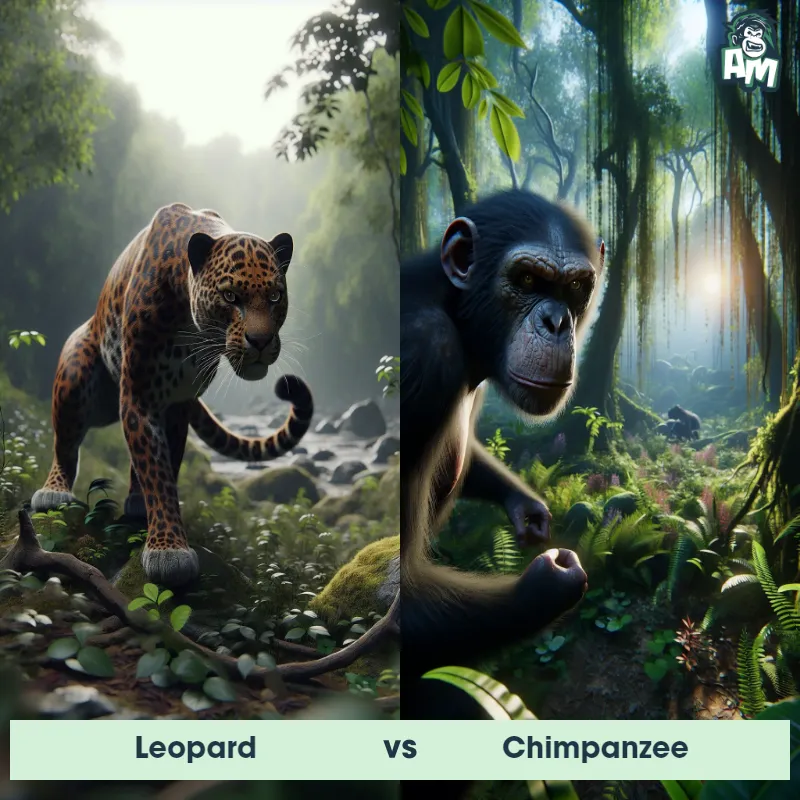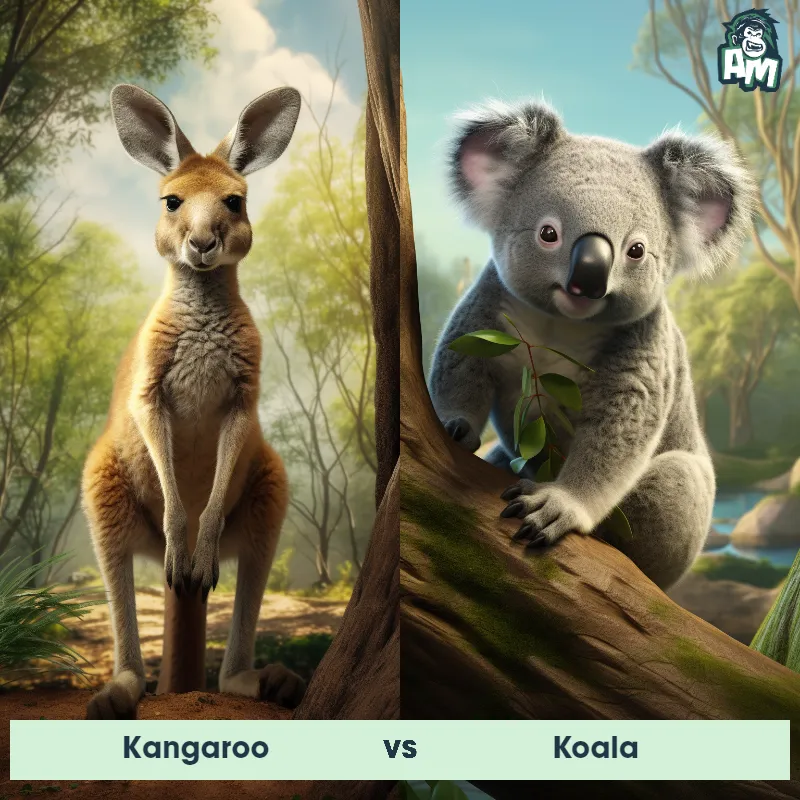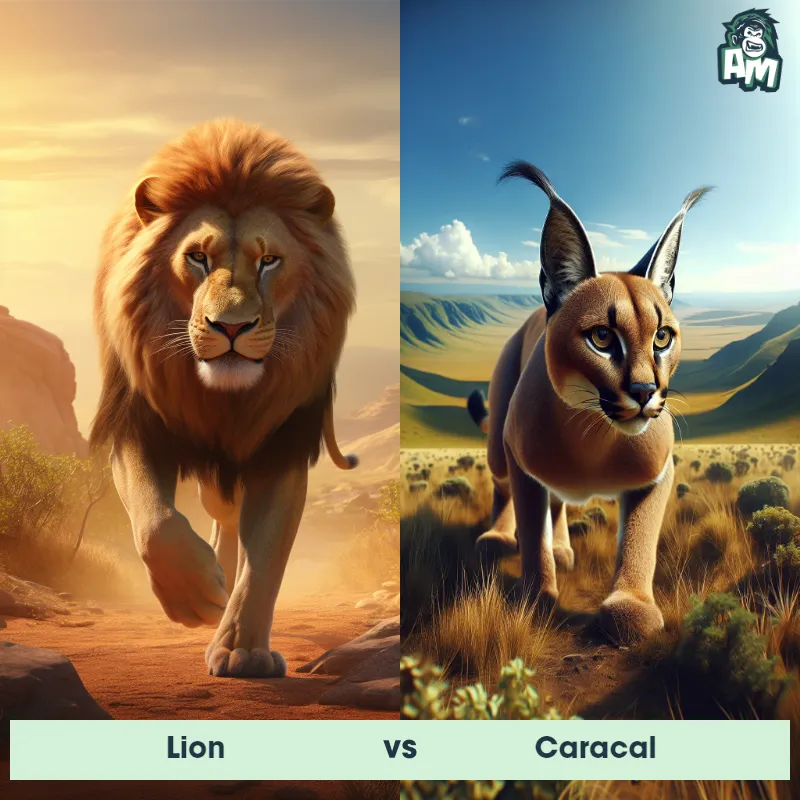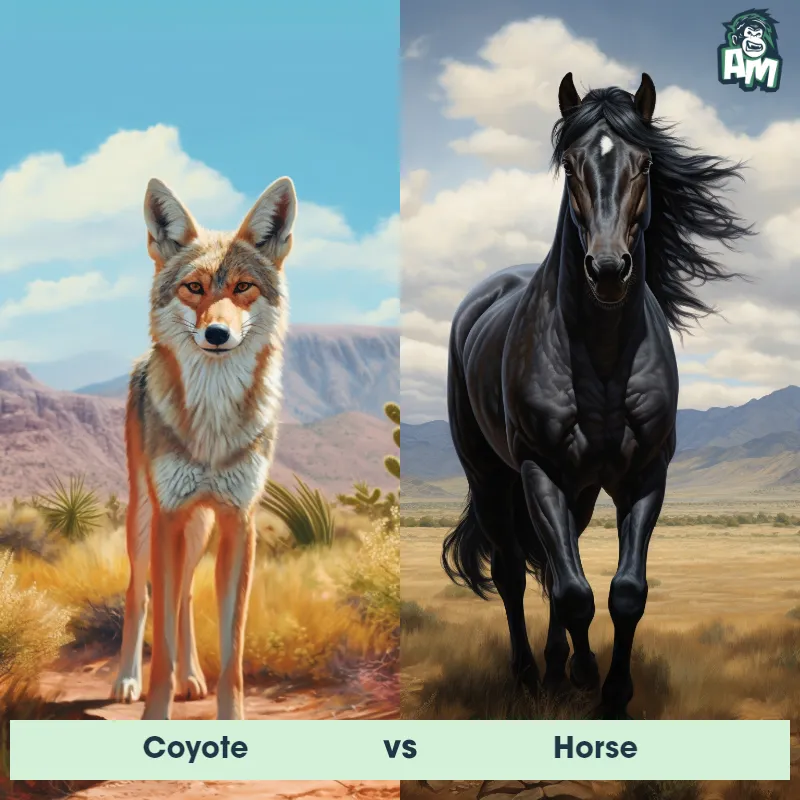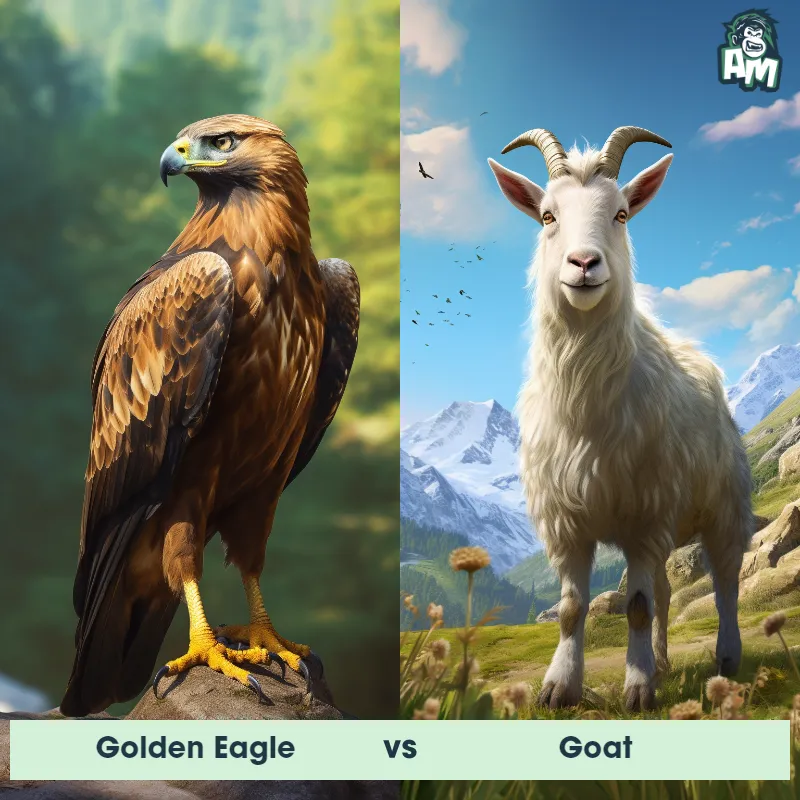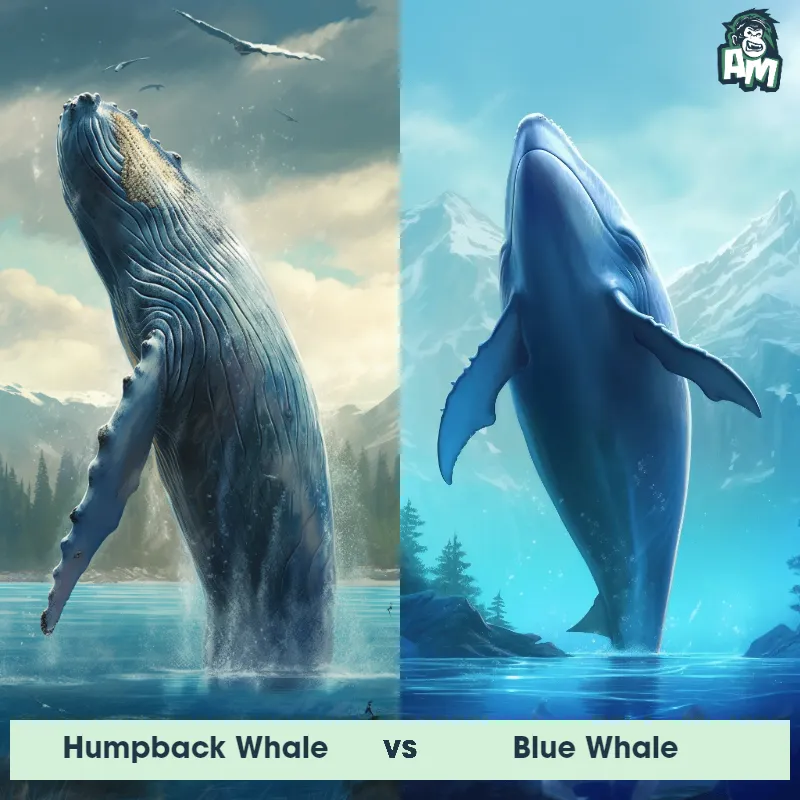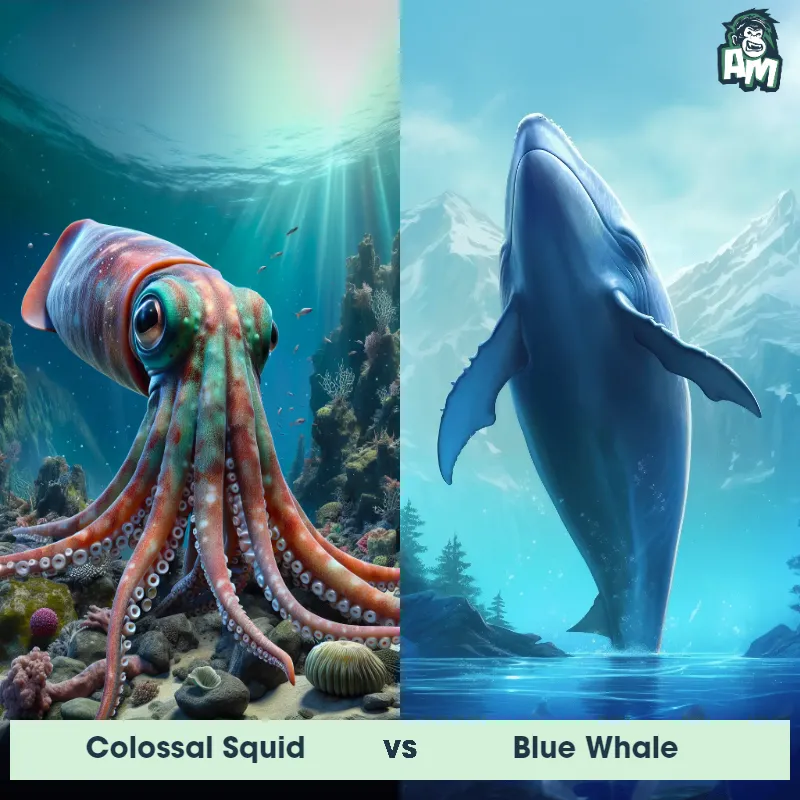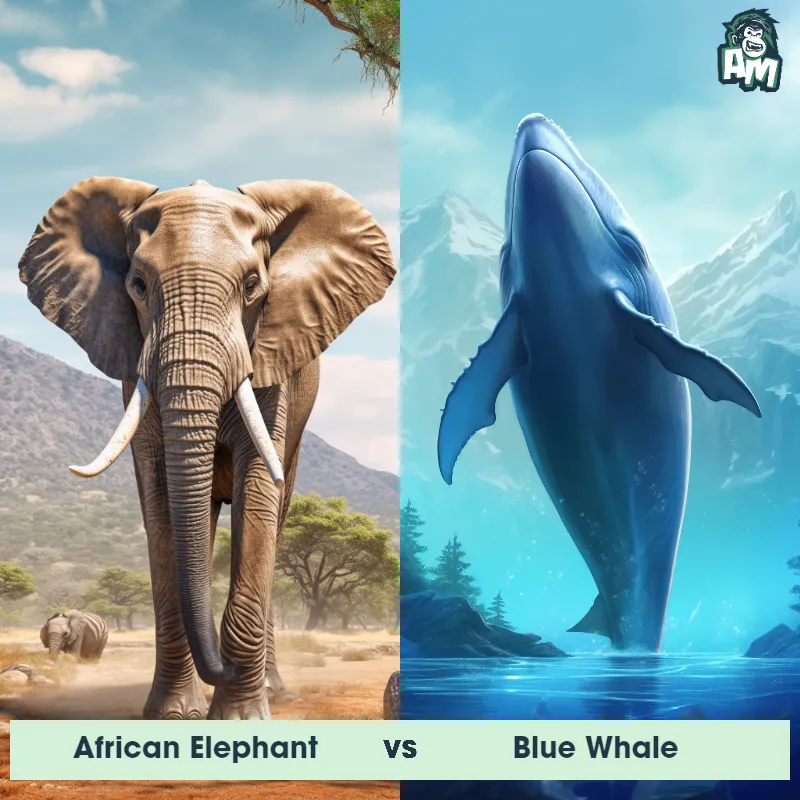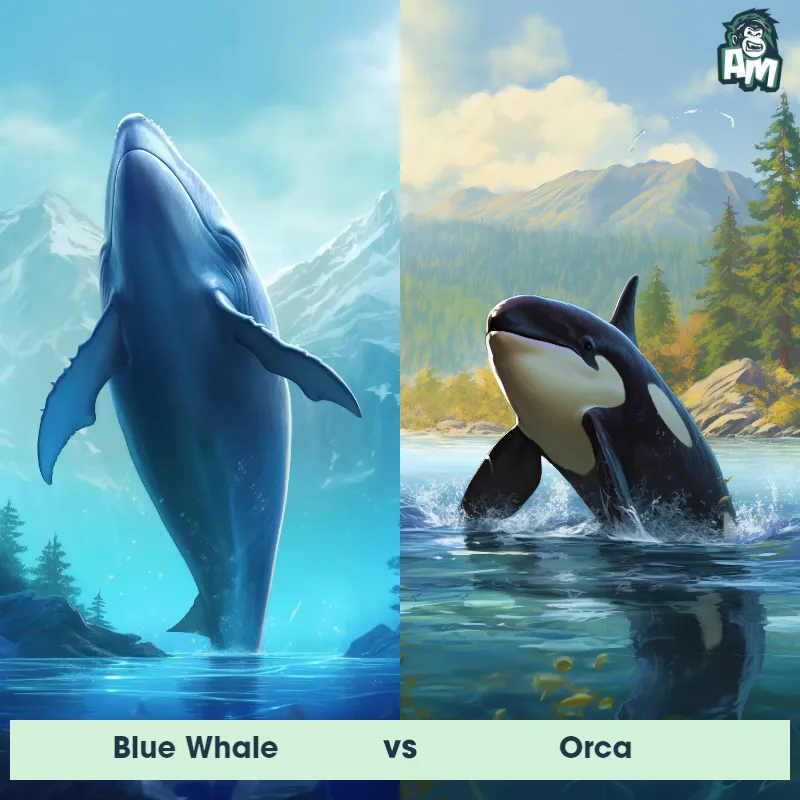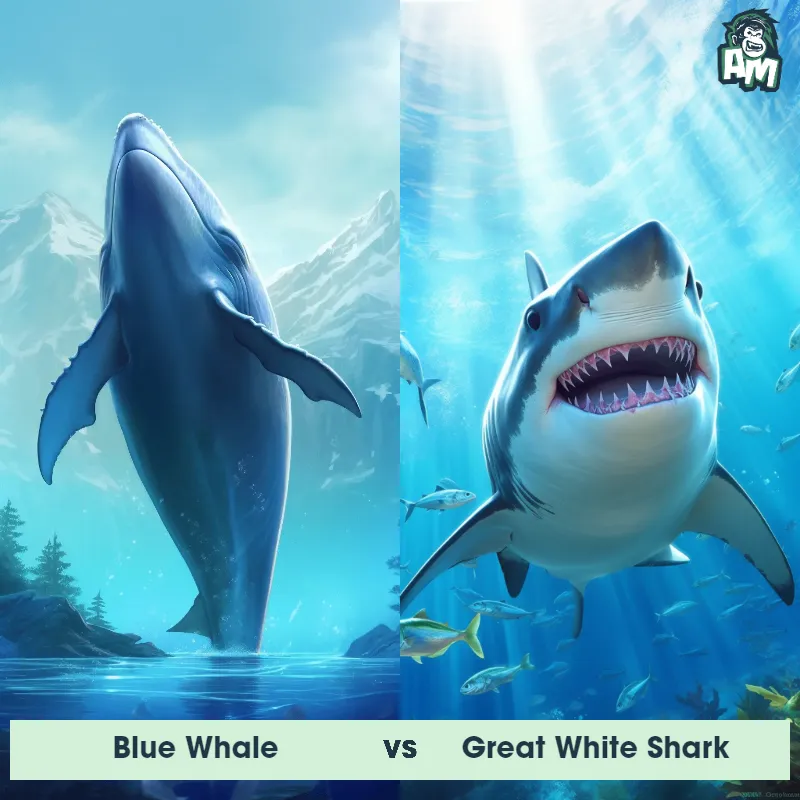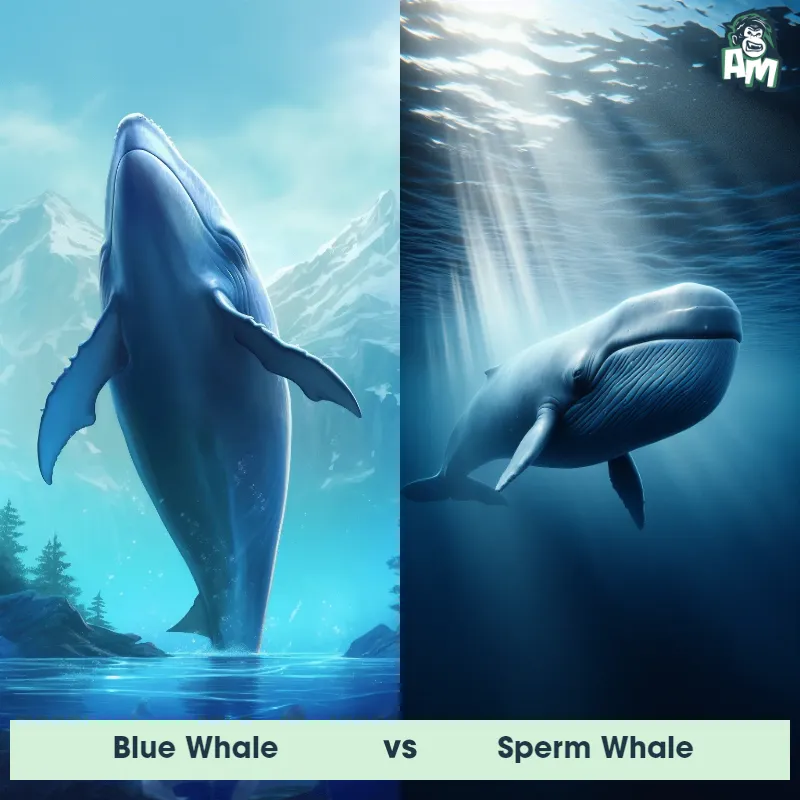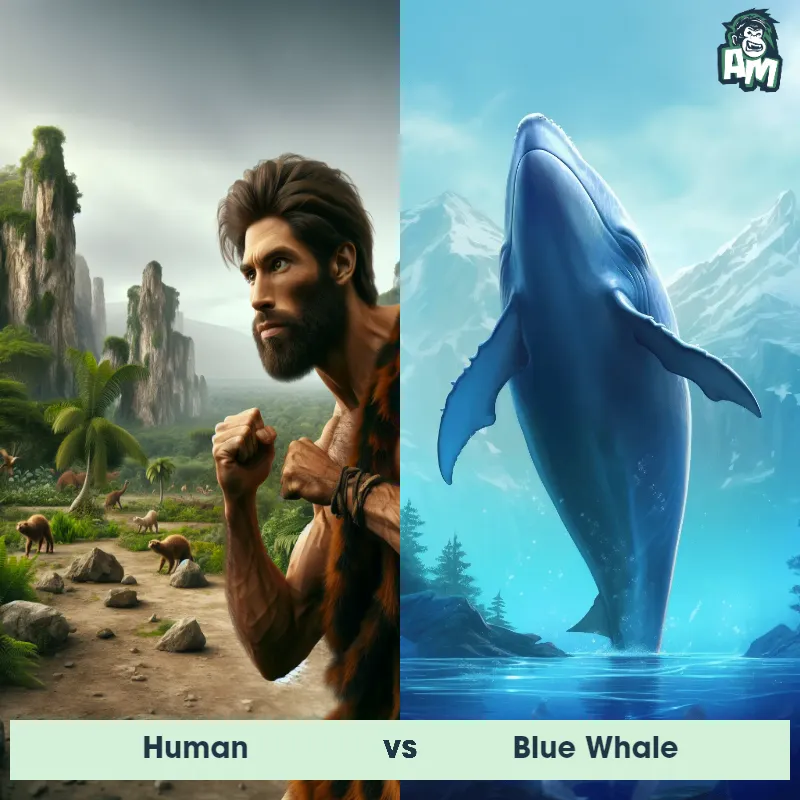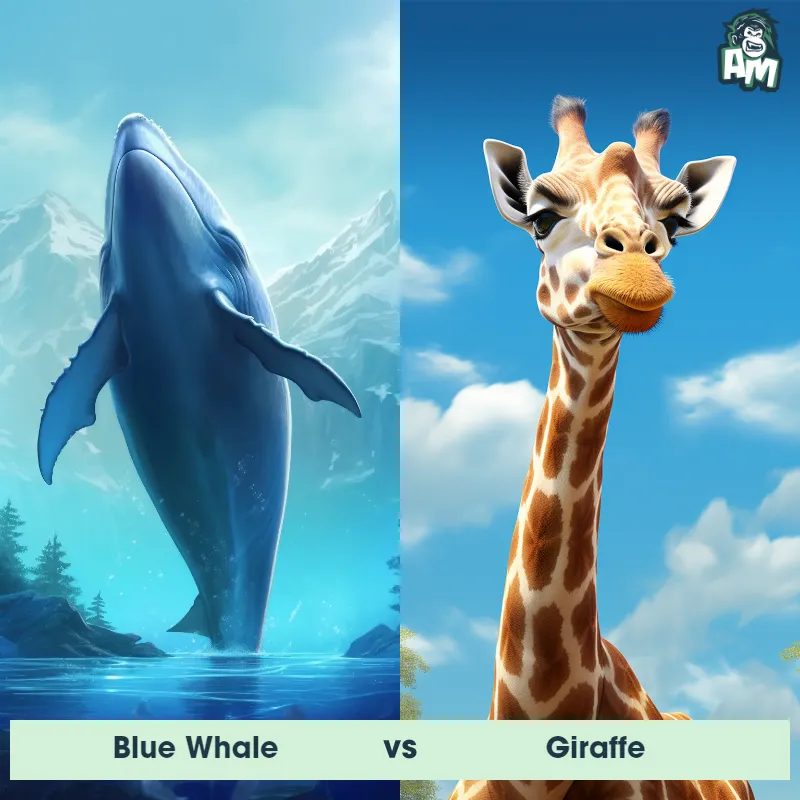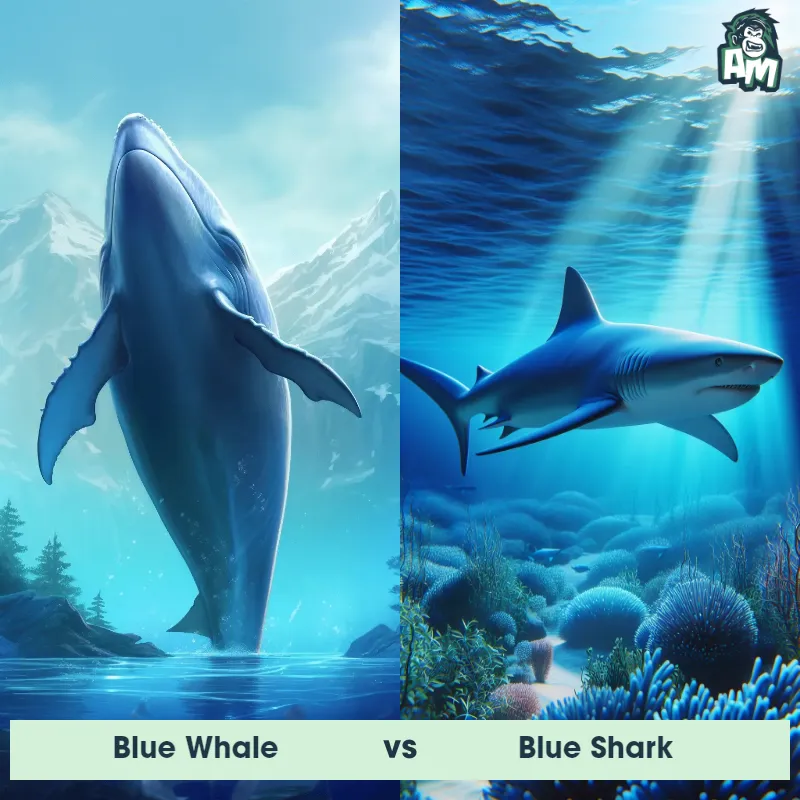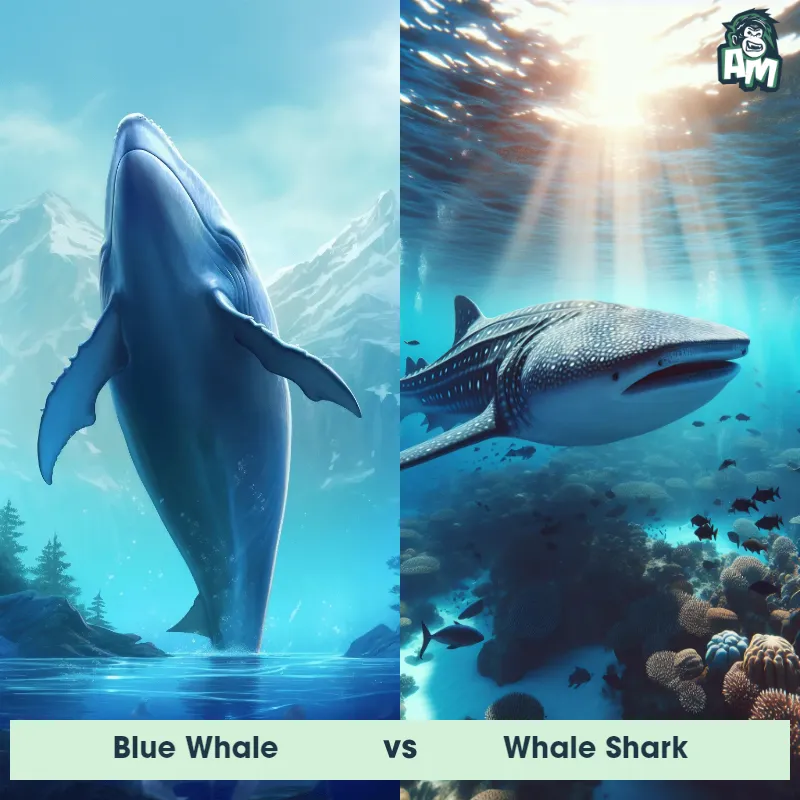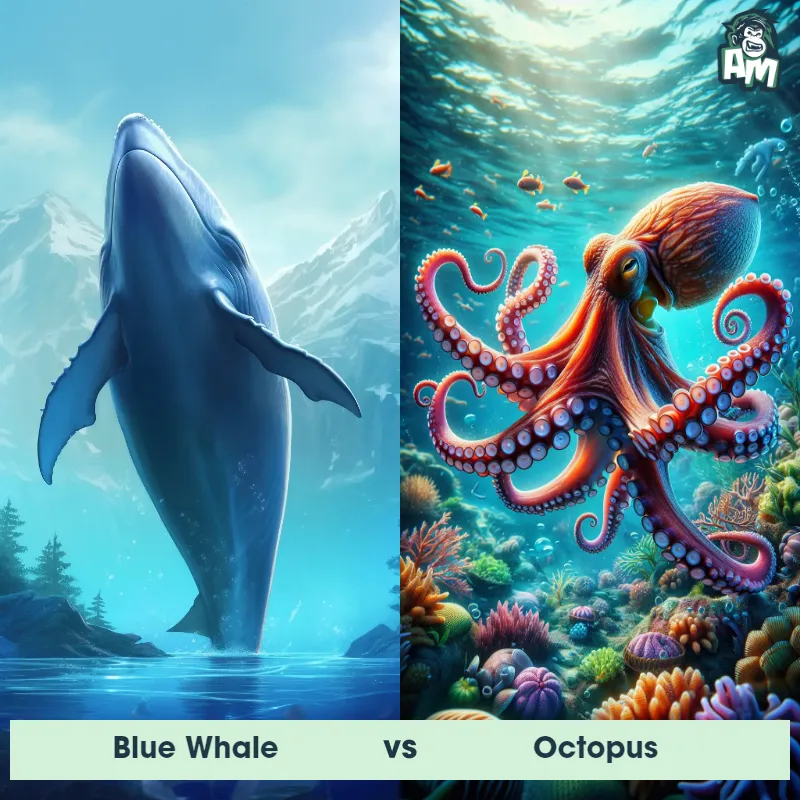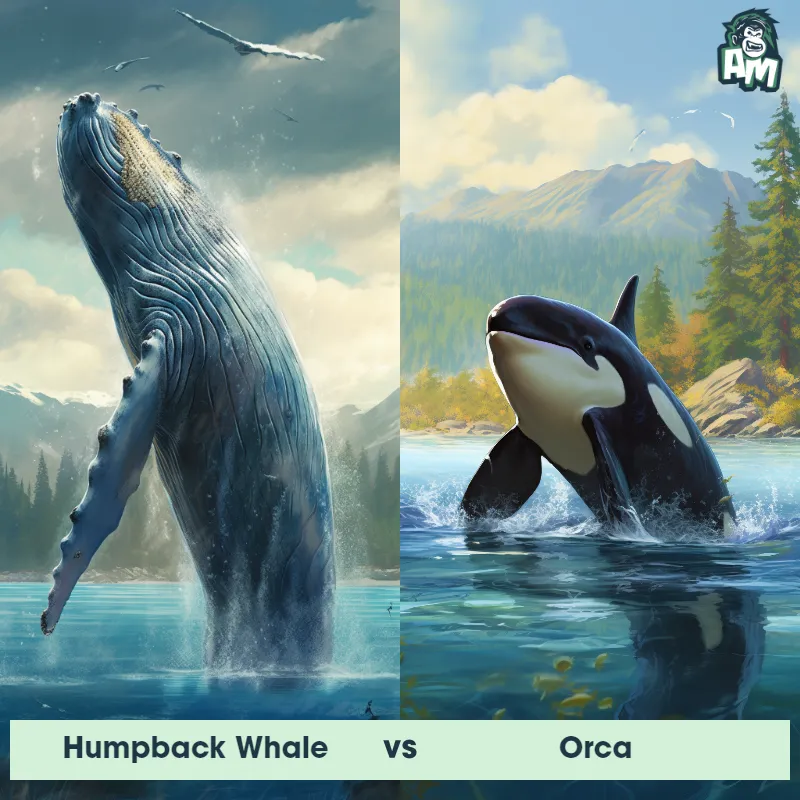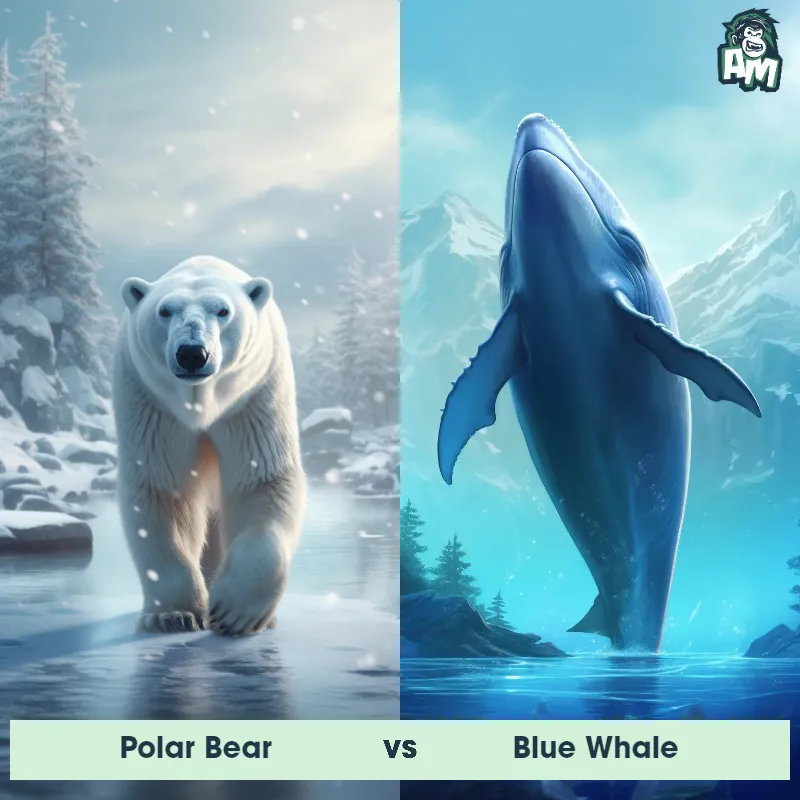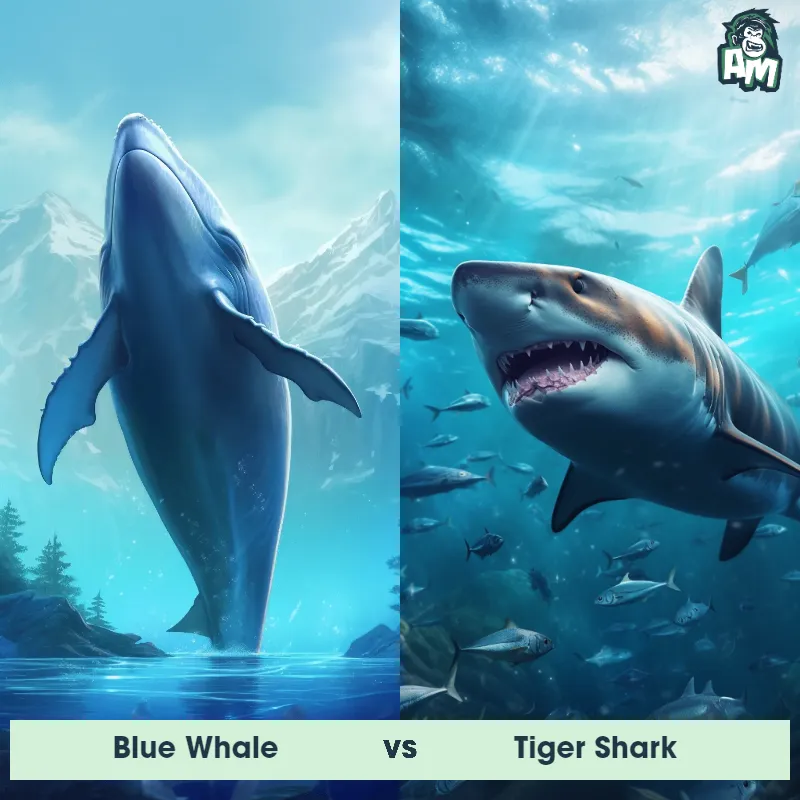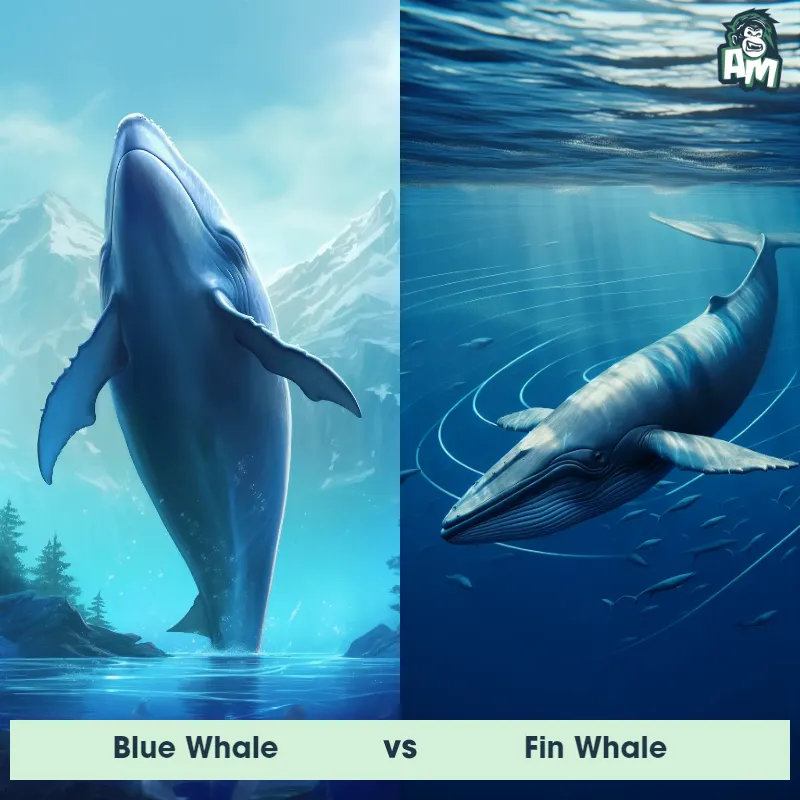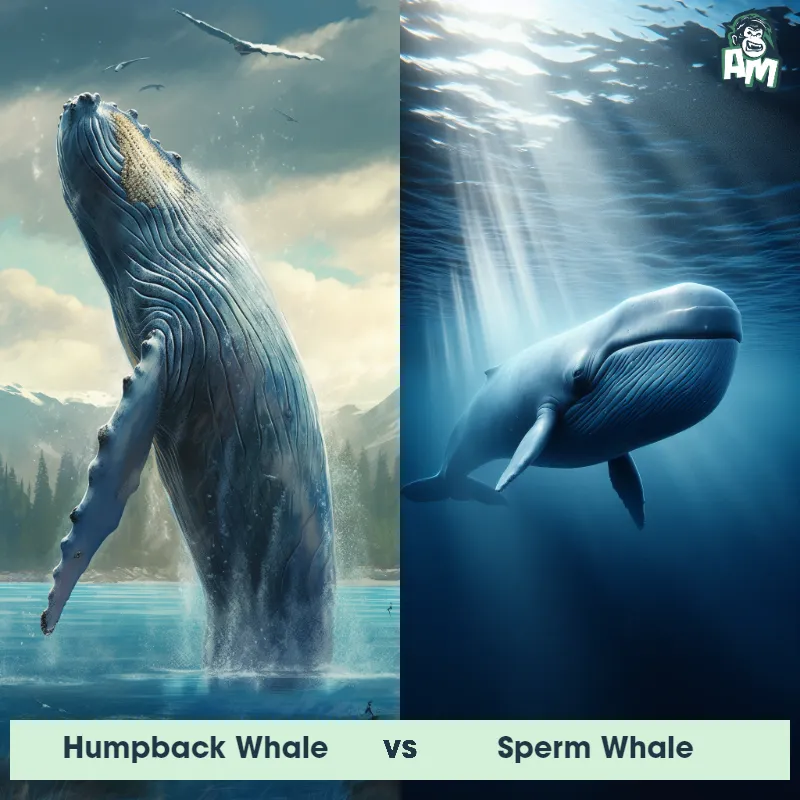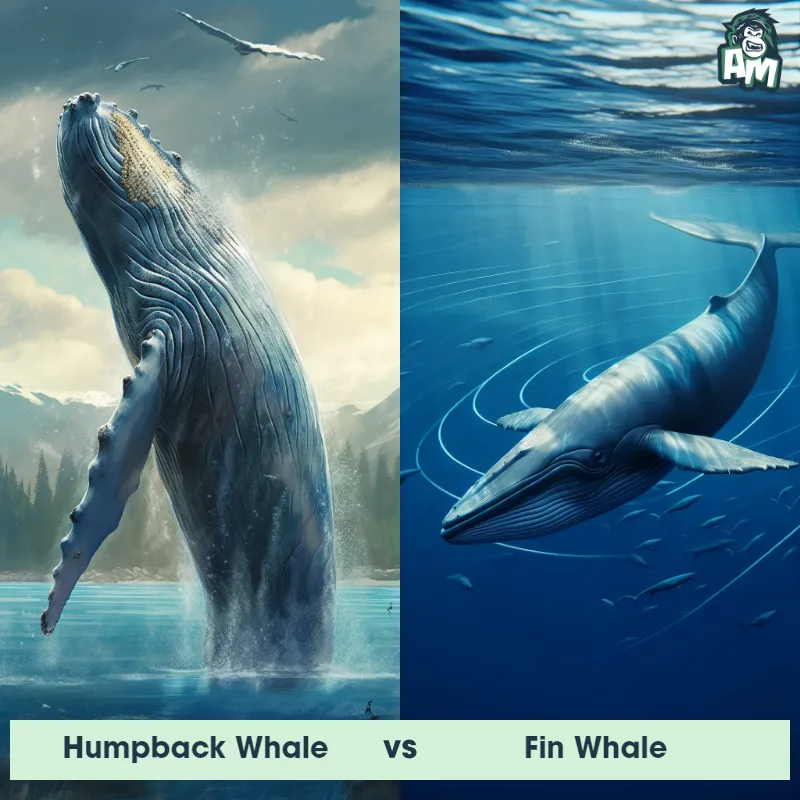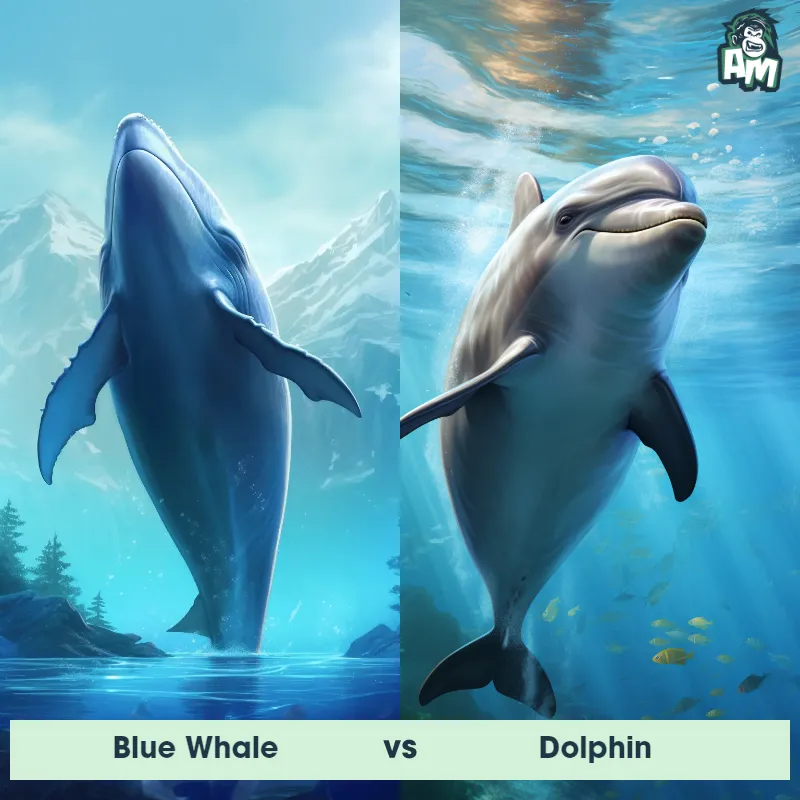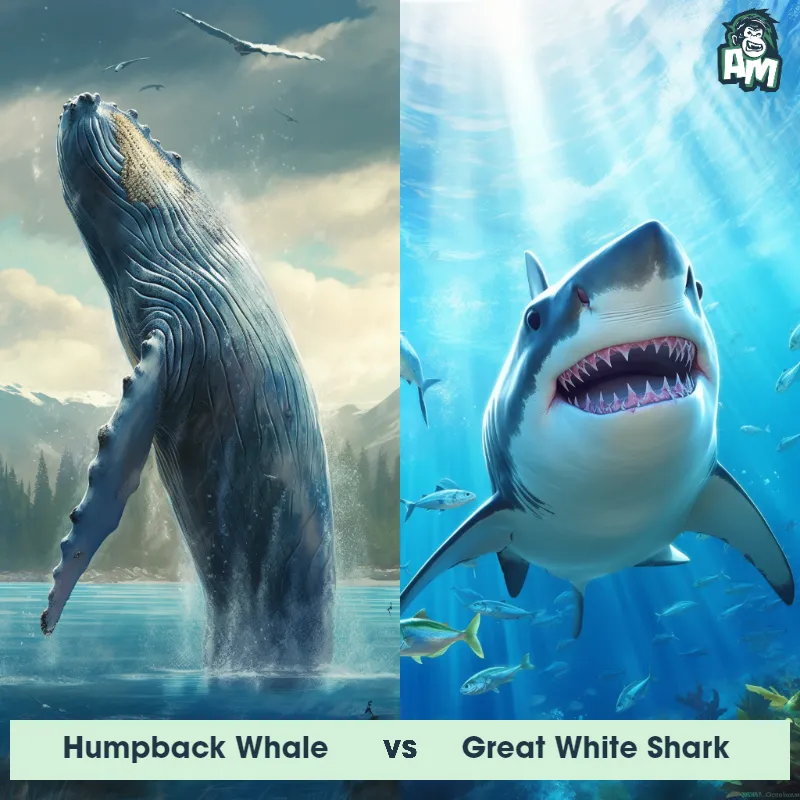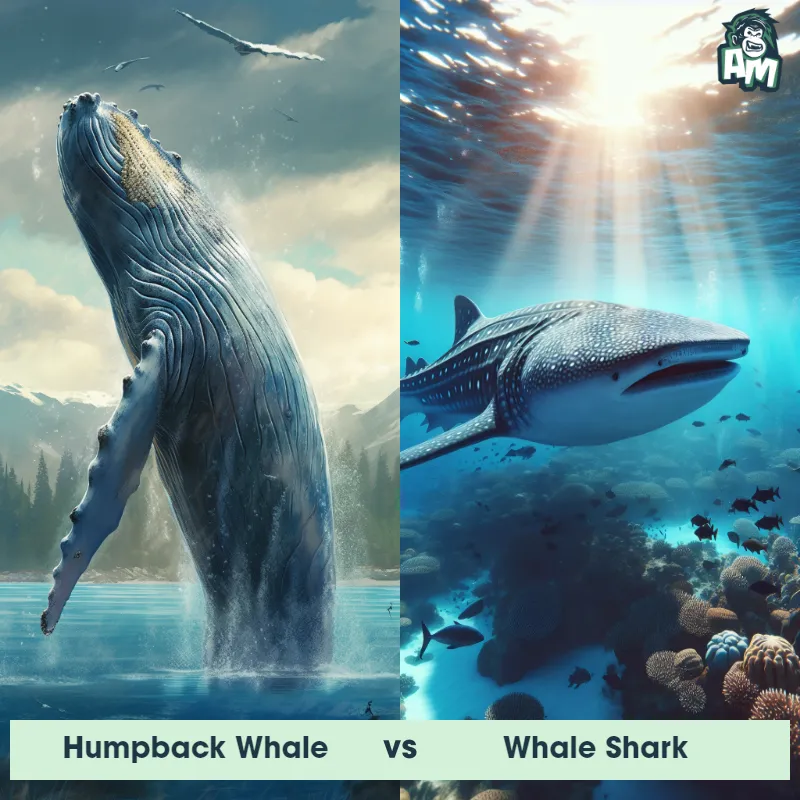Brachiosaurus vs Blue WhaleSee Who Wins

Welcome to the ultimate showdown between the colossal Brachiosaurus and the giant of the seas, the Blue Whale. These titans of the animal kingdom are ready to face off in this extraordinary three-round bout. Round 1:
Contender 1: Brachiosaurus
The Brachiosaurus, known for its long neck and high shoulders, was a herbivorous dinosaur that roamed the Earth during the Late Jurassic period. It had a small head compared to its massive body, long tail, and front legs longer than its hind legs. This giant plant-eater could grow up to 85 feet long and weigh as much as 50 tons.
Fun Fact: Brachiosaurus had nostrils on the top of its head, indicating that it likely spent much of its time underwater, similar to a snorkel, while feeding on aquatic plants.
Contender 2: Blue Whale
The Blue Whale, also known as Balaenoptera musculus, is the largest animal on Earth, reaching lengths of up to 100 feet and weighing up to 200 tons. They have a long, streamlined body with a bluish-gray color and a small dorsal fin. Their diet consists mainly of krill, which they filter through their baleen plates. Blue Whales are known for their loud, low-frequency vocalizations, which can be heard for hundreds of miles.
Fun Fact: Blue Whales have the largest heart of any animal, weighing up to 1,000 pounds and being the size of a small car.
Matchup Stats
| Brachiosaurus | Blue Whale | |
|---|---|---|
| Size | Up to 85 feet long (25.9 meters) | Up to 100 feet (30.5 meters) |
| Weight | Up to 50 tons (45,359 kilograms) | Up to 200 tons (181 metric tons) |
| Speed | 12-14 mph (19-23 km/h) | Speed: 20 mph (32.19 km/hr) |
| Key Strength | Long neck for intimidation | None |
| Biggest Weakness | Vulnerable hind legs | Slow movement |
Current Votes
Brachiosaurus vs Blue Whale
See Who Wins
View More Matches
Looking For More?
Similar Matches
Scientific Stats
| Brachiosaurus | Blue Whale | |
|---|---|---|
| Scientific Name | Brachiosaurus | Balaenoptera musculus |
| Family | Brachiosauridae | Balaenopteridae |
| Habitat | Land | Open ocean |
| Geography | North America, Africa | Worldwide |
| Diet | Herbivorous | Krill |
| Lifespan | 20 years - 30 years | 80 years - 90 years |
Key Differences between Brachiosaurus and Blue Whale
- Size: Brachiosaurus reached heights of about 40-50 feet, whereas the Blue Whale measures around 15-30 feet tall when surfacing.
- Length: The Brachiosaurus measured approximately 85 feet long, while the Blue Whale can reach lengths of up to 100 feet.
- Limb Structure: Brachiosaurus had long necks with forelimbs longer than its hind limbs, giving it a distinct upward slope; the Blue Whale has streamlined pectoral flippers and a horizontal tail fluke.
- Body Shape: Brachiosaurus had a bulky body with a small head compared to body size, whereas the Blue Whale has a more elongated, streamlined body shape.
- External Features: The Brachiosaurus had rough, scaly skin, while the Blue Whale has smooth skin with a few barnacles and scars.
- Color: Brachiosaurus likely had a dull, earth-toned coloration, whereas the Blue Whale has a bluish-gray skin tone.



